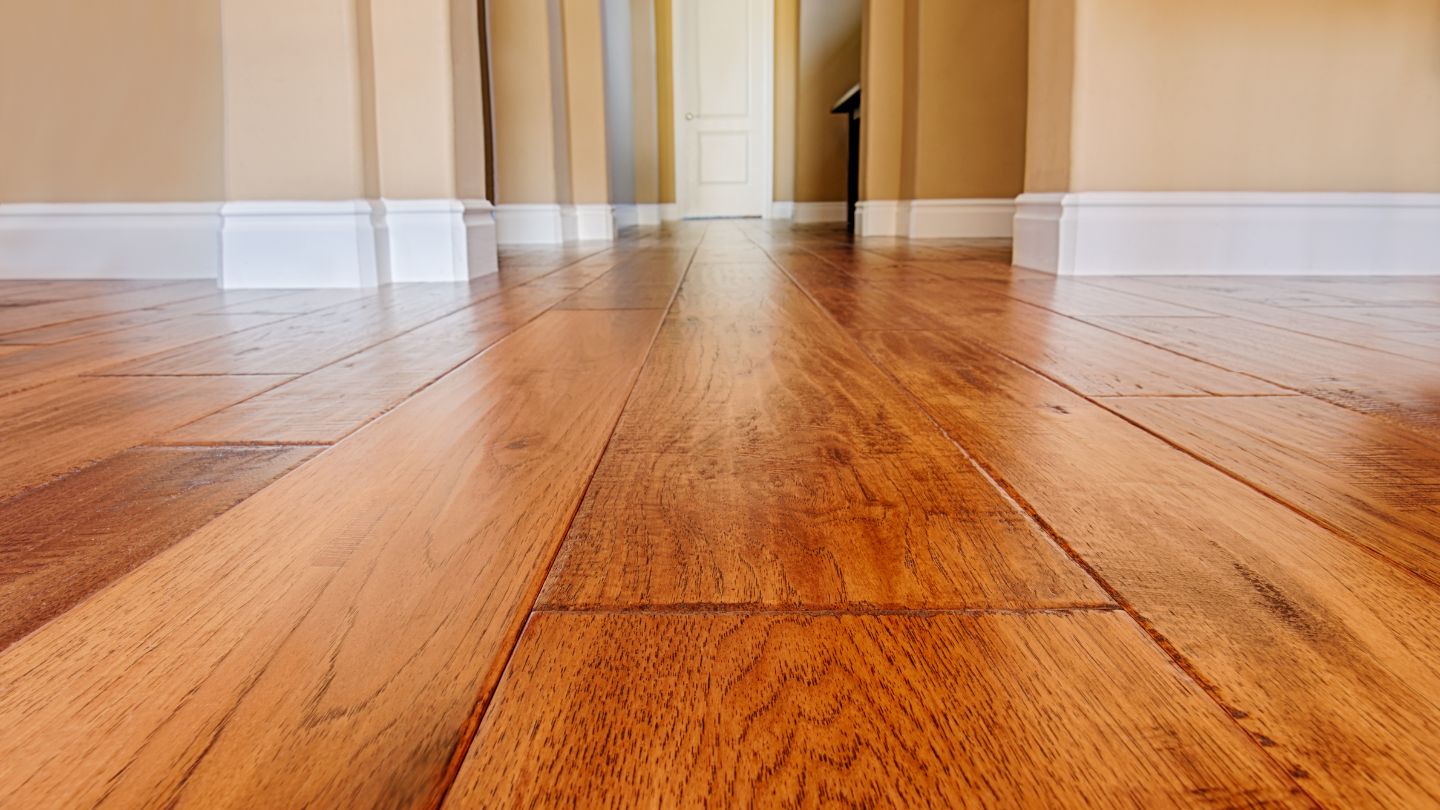Hardwood floors suffer significant damage when affected by water intrusion. Whether due to flooding, broken pipes, appliance leaks, or weather events, water warp, discolor, and rot elegant wood flooring in a home. Time is of the essence for contacting a professional Orlando water damage restoration company before permanent damage sets in.
Even a small amount of water instantly affects hardwood floorboards and planks. The moment moisture seeps between cracks and seams, the wood will begin swelling and warping from water absorption. The adhesive holding the planks in place also weakens with excessive moisture. You’ll quickly notice floors feeling spongy underfoot as water saturates the subfloor. Gapping between boards widens as planks expand, with possible buckling or cupping in affected zones. Visually, you’ll see wood grain raising while surfaces discolor. Prolonged puddling leads to permanent water staining not resolvable by simple mopping or fans.
Why immediately call water damage experts?
While wood warping, gapping, and staining may seem like cosmetic issues, excessive moisture jeopardizes the structural integrity of flooring over time. Left unchecked, water causes irreversible damage to floor joists, subfloor, and the floorboards themselves through warping, delamination, and rotting below the surface. Mold and mildew may colonize and etch into the grain. That’s why immediately calling professional Damage Control 911 repair technicians is critical. They have the gear to extract standing water, special drying equipment to lower humidity and moisture content within the wood, and expertise to monitor conditions until floors are fully restored to normal.
Drying and restoring water-damaged wood floors
Preserving and restoring hardwood flooring to pre-loss condition after water incidents involves strategic drying protocols professional mitigators follow:
- Extract excess water – Truck-mounted extraction systems aggressively remove puddled water from floor surfaces and crevices, which typical mopping cannot achieve. Powerful suction removes liquid from the wood’s deepest cracks.
- Increase airflow – High-volume air movers and dehumidifiers work together to actively circulate air while pulling moisture from the environment and wood materials simultaneously.
- Monitor moisture levels – Advanced psychrometers and moisture meters allow technicians to gauge humidity and moisture content within floor boards during drying, and metering levels down to safe ranges below 15% moisture content.
- Check sub-floors and framing – Thermal imaging cameras detect excess moisture in sub-floor panels, floor joists, and bottom-side wood members until adequately dried as water drains between layers.
- Apply anti-microbial treatments – EPA-registered disinfectants and fungicides may be applied to control bacterial and mold growth on vulnerable wet wood in the meantime during structural drying.
- Repair warping damage – Once sufficiently dried over several days, damaged planks get removed and replaced, while warped boards may be re-adhered or reshaped by floor sanding, levels, and contractions.
- Restore surfaces – Skilled refinishers will sand out staining, cloudiness, and raised grain, preparing floors for protective sealants and restorative finishes or stains to restore beauty, luster, and water resistance.
Water quickly discolor, destabilize, and permanently damage wood flooring when left sitting. Calling professional water damage restoration contractors promptly is key to salvaging flooring investment through adequate moisture extraction and controlled drying protocols. With rapid response, your beautiful wood floors return to normal beauty and function.

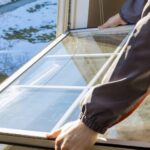 How to Choose the Right Window Replacement Contractor
How to Choose the Right Window Replacement Contractor  The Best Aircon servicing Singapore Maintaining Coolness by Performing Top-Quality Maintenance
The Best Aircon servicing Singapore Maintaining Coolness by Performing Top-Quality Maintenance 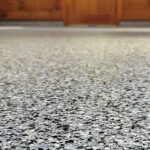 Why Columbus Homeowners Are Falling in Love with Epoxy Garage Floor Coatings
Why Columbus Homeowners Are Falling in Love with Epoxy Garage Floor Coatings 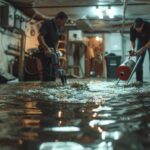 Flood Cleaning Services in Fort Worth, TX: Essential Steps to Restore Your Home
Flood Cleaning Services in Fort Worth, TX: Essential Steps to Restore Your Home 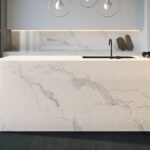 The Benefits of Caesarstone Quartz: Style, Strength, and Sustainability
The Benefits of Caesarstone Quartz: Style, Strength, and Sustainability 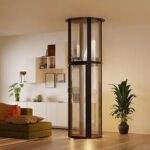 Are Home Elevators Worth the Investment? A Canadian Homeowner’s Guide
Are Home Elevators Worth the Investment? A Canadian Homeowner’s Guide 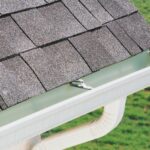 5 Common Gutter Problems That Gutter Guards Can Solve
5 Common Gutter Problems That Gutter Guards Can Solve  How a Whole-House Humidifier Can Help With Your Health
How a Whole-House Humidifier Can Help With Your Health  Master Bathroom Remodeling: Essential Tips for a Stylish Upgrade
Master Bathroom Remodeling: Essential Tips for a Stylish Upgrade 